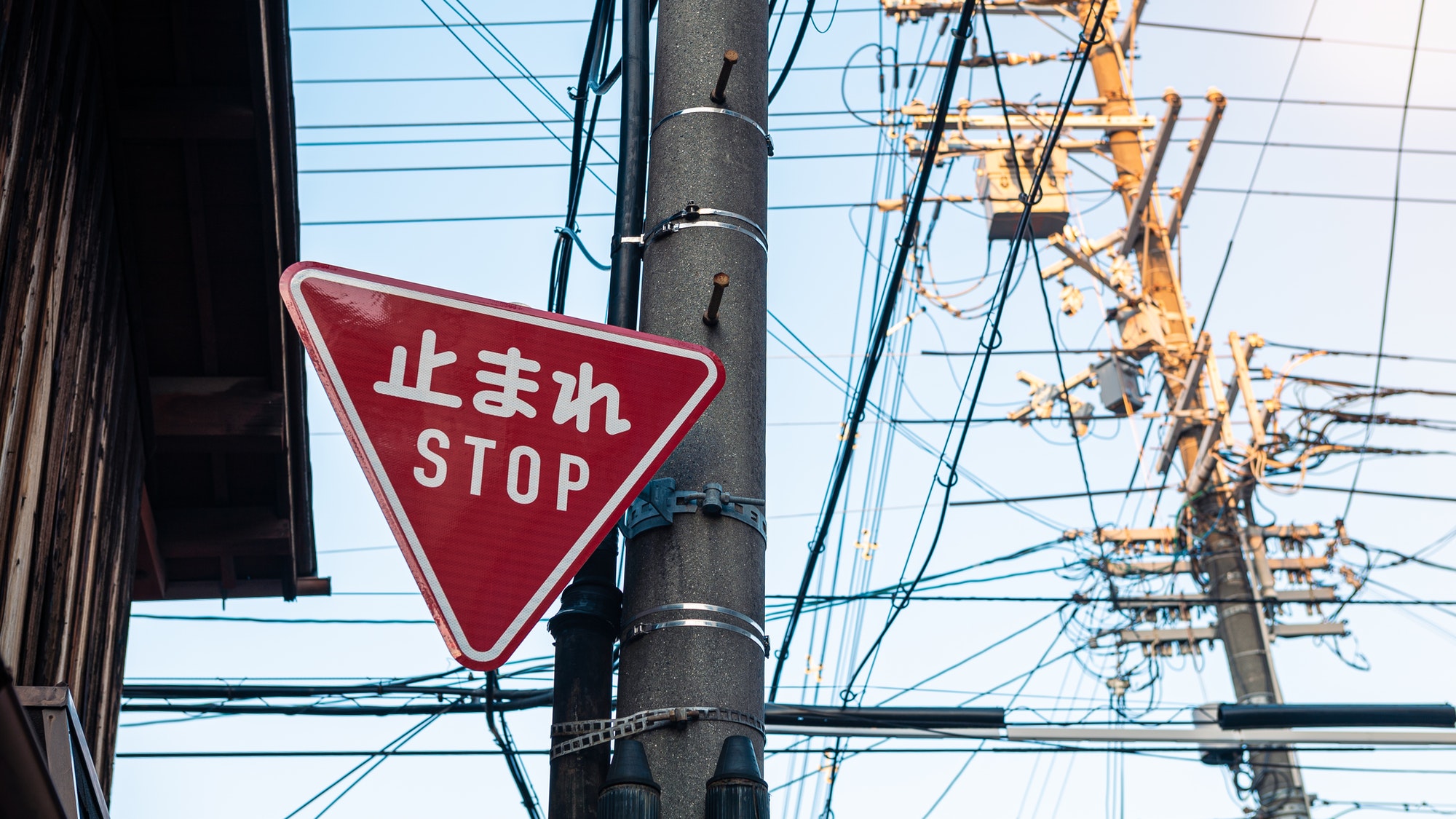Japan is famous for its cool tech and unique culture, but it’s also in a hotspot for earthquakes. Recently, a big one hit with a magnitude of 7.6, causing a lot of damage, aftershocks, and tsunami warnings. The Prime Minister has called it a ‘battle against time’ to save people who are trapped.

Rescue and Help from Everyone
Teamwork to Save Lives
After the earthquake, Japan’s government and local groups have been working non-stop to help people. They’ve sent over a thousand soldiers to the hardest-hit areas, like the Noto peninsula. Even though roads are blocked and it’s tough to get around, these teams are working hard to find and help people.
The World Lends a Hand
Countries like the UK and the US are showing their support for Japan and offering to help. This shows how important it is for countries to work together, especially when disasters happen.
What’s Left After the Earthquake
Broken Buildings and Community Challenges
The earthquake caused a lot of damage. Buildings fell, fires started, and people lost access to important things like water and electricity. This is a big problem for everyone living there and shows why buildings in earthquake zones need to be really strong.
Health and Safety Worries
After an earthquake, people are worried about things like more quakes happening and buildings falling down. Because of the past nuclear disaster in Fukushima, there’s also a lot of concern about radiation and keeping the nuclear plants safe.
To wrap it up, these earthquakes remind us that Japan has to deal with these natural disasters often. It’s super important to be ready for them, have strong buildings, and work together with other countries when they happen. As Japan starts to fix and rebuild, the courage of its people and support from friends around the world will be key to getting through these tough times.

FAQ: Understanding Earthquakes in Japan
What causes earthquakes in Japan?
Japan sits on the ‘Ring of Fire,’ a hot zone for tectonic activity where several of Earth’s plates meet. This means it’s more likely to have earthquakes because of the movements of these underground plates.
How often do earthquakes happen in Japan?
Earthquakes happen pretty often in Japan. Minor tremors occur regularly, and larger ones happen less frequently but are still a significant concern due to Japan’s location on the ‘Ring of Fire.’
What should you do during an earthquake?
If you’re indoors, drop to the ground, take cover under sturdy furniture, and hold on until the shaking stops. If you’re outdoors, move away from buildings, streetlights, and utility wires, then drop and cover. Always stay alert for aftershocks.
How does Japan prepare for earthquakes?
Japan has strict building codes to ensure structures can withstand shaking. They also have early warning systems, regular drills in schools and workplaces, and lots of public information to help people know what to do when an earthquake hits.
Can earthquakes in Japan cause tsunamis?
Yes, since Japan is surrounded by water, large underwater earthquakes can lead to tsunamis. The country has a tsunami warning system to alert people when they need to evacuate to higher ground.
What was the Fukushima nuclear disaster?
In 2011, an earthquake and tsunami caused a major nuclear accident at the Fukushima Daiichi Nuclear Power Plant. It led to significant radiation leaks and concerns about nuclear safety, which is why people are extra cautious about nuclear plants during earthquakes now.
How can I stay updated on earthquakes in Japan?
You can follow the Japan Meteorological Agency (JMA) for real-time updates on earthquakes, tsunamis, and other weather-related alerts. Many apps and websites also provide information on recent seismic activity.
Sources The Guardian



Pingback: Japan’s Earthquake Survivors - Linkdood Technologies